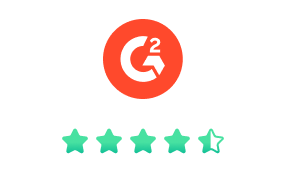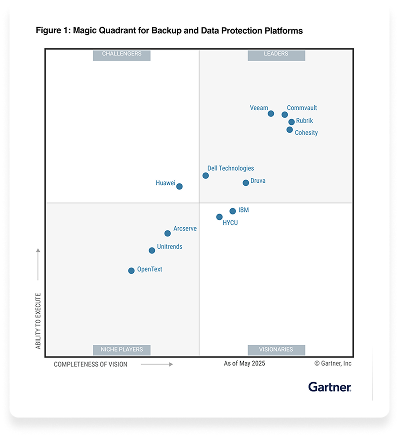
2025 Gartner® Magic Quadrant™
and a Leader for the 9th time in a row.
Secure Azure Backup With No Surprises
Achieve true data resilience at scale
- Defend against ransomware with always immutable, air-gapped backups
- Lower TCO with all-inclusive pricing
- Gain peace of mind with unified visibility and control
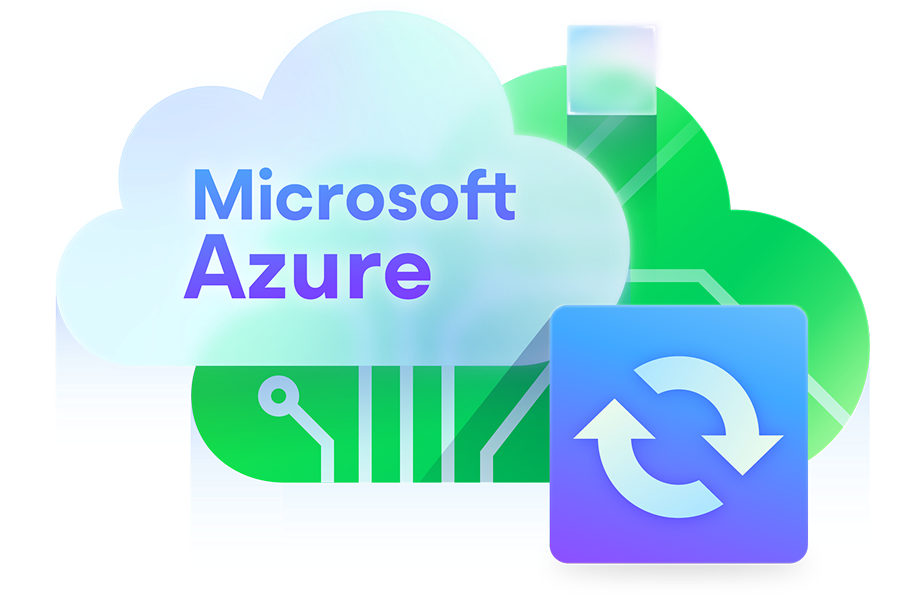
- Azure Backup & Recovery
- Benefits
- Capabilities
- How It Works
- Deployment Options
- Packaging Options
- Resources
From Complexity to Confidence
Purpose-Built for Azure
Resilient by Default
True immutability, encryption, and air-gapping are the standard, not the upgrade. Your backups are always locked, reliable, and recoverable.
Backup Without Bill Shock
We offer all-inclusive pricing that covers the service, immutable storage, and support, so you know exactly what you’re paying for.
One Platform, Full Coverage
Seamless, policy-automated protection purpose-built for Azure, and unified with other apps and data.
Protect What’s At Risk With Resilient Backups

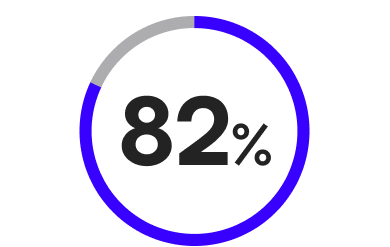
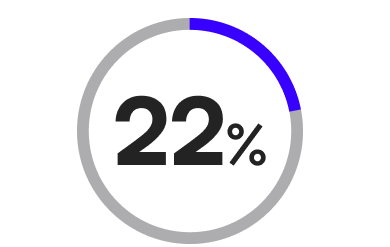
Veeam Data Cloud for Microsoft Azure Key Features
Policy Automation
Set it and forget it, ensuring consistent protection without manual oversight.
Recovery Flexibility
Quickly recover what you need, when and where you need it.
Always Immutable
Trust that backups can’t be changed, deleted, or encrypted.
Air-Gapped
Isolate backups from production environments and attack paths.
Encrypted
Protect sensitive data both in transit and at rest with encryption.
Data Lifecycling
Automatically backup snapshots to object storage, minimizing sprawl.
All-Inclusive
Avoid surprise bills and confidently plan your backup budget.
Storage Optimization
Shrink storage consumption with compression, storing more data in less space.
Unified Resilience
Manage protection across cloud, apps, and workloads from one place.
How Veeam Protects Microsoft Azure Data
Veeam-Supported Services



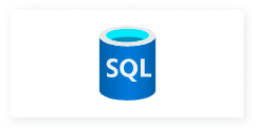



Flexibility to Meet Your Needs



Comparing the Advantages
Check out the table below to assess the benefits and control levels of each delivery model, from software-only to managed services.
|
SaaS Backup Veeam Data Cloud for Microsoft Azure |
Backup Software Veeam Data Platform |
|
| Price | $42 per TB/per month | Price Varies |
| Fully customizable backup scheduling | ||
| Full and granular restore | ||
| Encryption | ||
| Immutability | ||
| SaaS solution | ||
| Unified management with other SaaS apps | ||
| All-inclusive pricing | ||
| Deploy on-premises or in the cloud |
Your Managed Service Solution Starts Here
Leverage the expertise of a Veeam Cloud & Service Provider Partner to safeguard Microsoft Azure and public cloud data, or for your off-site backup.
Veeam and Microsoft Azure
McGrath Estate Agents
Stay Up to Date With Azure Trends
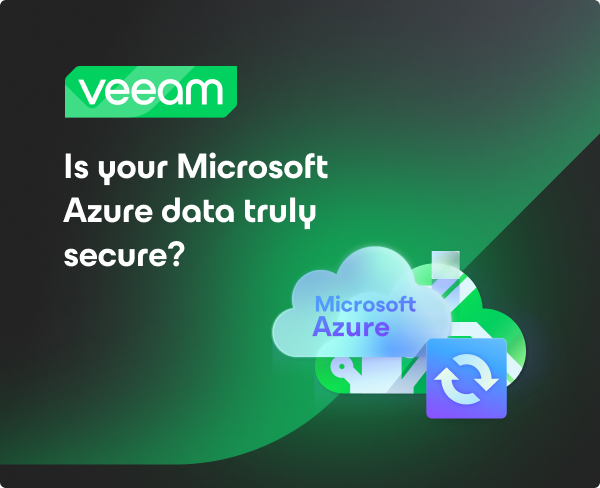
Is Your Azure Data Truly Secure?
Discover the hidden risks, costs, and complexities of Azure backup—and why a new approach is needed to keep your data truly protected.
Azure Backup Best Practices Guide
Ensure the backup and recovery strategies you implement across Microsoft Azure environments are truly effective with these best practices.
Choose the Right Azure Backup Solution
Get guidance on what to look for when evaluating Azure Backup and Recovery solutions and see how Veeam stacks up with this competitive e-book.
FAQs for Microsoft Azure Backup
How does Veeam backup and recover Azure data?
Veeam empowers organizations using Azure IaaS and PaaS solutions with native, purpose-built capabilities to make their investments more resilient. This includes snapshot scheduling, with customizable Recovery Point Objectives (RPOs), backup copies (for cost optimization and portability), and automated, wizard-driven workflows for ease of use.
To deliver these capabilities, Veeam offers two deployment models:
-
Veeam Data Platform is a backup software option that enables team to architect their backup strategies end-to-end, including integration into backup for workloads across hybrid- and multi-cloud infrastructures.
-
Veeam Data Cloud for Microsoft Azure is a backup service option in which Veeam manages the underlying infrastructure and overall software installation, delivering a SaaS solution dedicated to Azure workloads.
How does Veeam validate Azure backup integrity?
Can Veeam optimize Azure backup costs?
Yes! Veeam provides cost-effective Azure backup solutions, reducing expenses by:
-
Compressing data up to 7x
- Tiering data out to lower cost storage options
- Offering deployment options that best-fit organizational needs
-
Veeam Data Cloud for Microsoft Azure is a SaaS solution, priced via predictable levers
-
Veeam Data Platform offers an integrated cost optimization calculator for cost forecasting ahead of policy-setting
-
Does Veeam offer Azure backup automation?
How does Veeam Data Platform back up Azure workloads?
For more details, watch this short video here.
In short, Veeam Backup for Microsoft Azure can automatically create and manage snapshots and backups of Azure VMs (including managed or unmanaged VHDs) along with VM configuration. Backup chains can be created with image-level backups or snapshots. Image-level backups can include full and incremental backups, and cloud-native snapshots include point-in-time snapshots. Recovery can be performed at the full- or file-level in just seconds.
Whenever we create a backup file that’s based on Azure VM snapshots or perform a recovery from an image-based backup file, Veeam Backup for Microsoft Azure deploys temporary instances, called workers. These are deployed to Azure accounts only when you need to create a backup from a snapshot or a restore.
You can either create specific configurations for each Azure region that you want to deploy workers in, or you can let Veeam can do this automatically. This means you don’t have to set them up for each and every region!
How often can I back up my Azure data with Veeam Data Platform?
Choose from multiple schedule options for both Azure snapshots (down to 60 snapshots per hour) and backups to satisfy even the most stringent SLAs. You can also define how long you’d like to keep snapshots and backups of your Azure data.
Scheduling can be automated based on policies set within Veeam Data Platform. You can define which Azure accounts you want to back up in each region, and you can choose whether you want to back up separate Azure VMs or use a tag-based policy so you don’t have to manually add each new VM to your backup policy.
Scheduling options also allow you to specify where you’d like to keep your Azure snapshots or backups. You can also choose from hot and cool storage options with Azure Blob. Veeam recommends that you use the cool storage tier option for Azure backup files, since it significantly lowers the storage costs.
How can Veeam help me keep my backup costs low?
Veeam Data Platform supports cost control in three key ways:
-
First, Veeam Data Platform creates a backup from a snapshot, allowing for that data to be compressed.
-
Next, those backups may be stored on lower-cost object storage. The compression rate supported in Object Storage could be 40-50%, depending on your settings, dramatically reducing your storage bill for longer term retention needs.
-
Finally, the Azure Backup appliance within Veeam Data Platform supports cost estimation via a built-in cost calculator tool. When you set a policy for a given set of workloads, you can estimate that cost before you even complete your first backup. This ensures transparency end-to-end.
Check out this user guide article for more details.
How does Azure backup connect to my existing Veeam Backup & Replication console?
What is Veeam Data Cloud for Microsoft Azure?
How does Veeam Data Cloud for Microsoft Azure work?
How do I access Veeam Data Cloud for Microsoft Azure?
What happens to my data if I cancel my Veeam Data Cloud for Microsoft Azure subscription?
Radical Resilience is Our Difference
hybrid cloud and the confidence you need for long-term success.
Radical Resilience is Our Difference
hybrid cloud and the confidence you need for long-term success.
Request Custom Demo
Oops! Something went wrong.
Please, try again later.
Contact us
Oops! Something went wrong.
Please, try again later.

